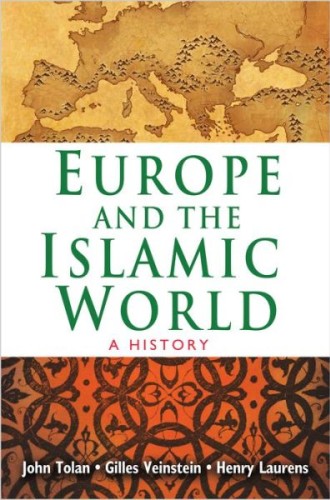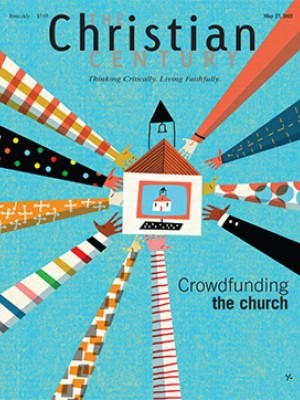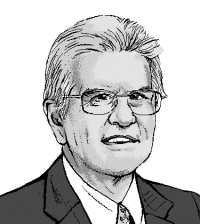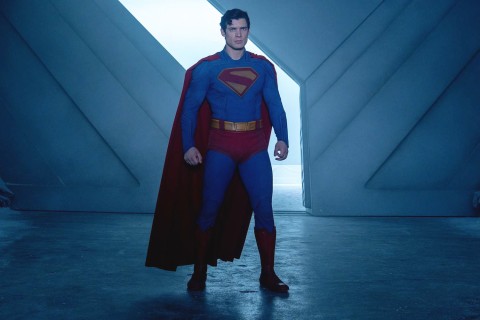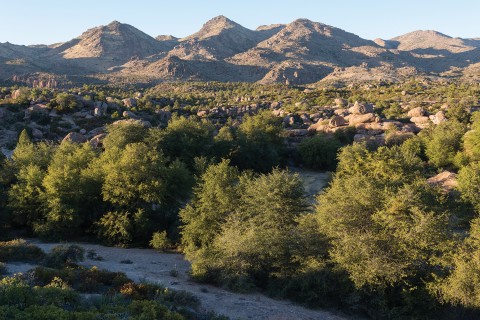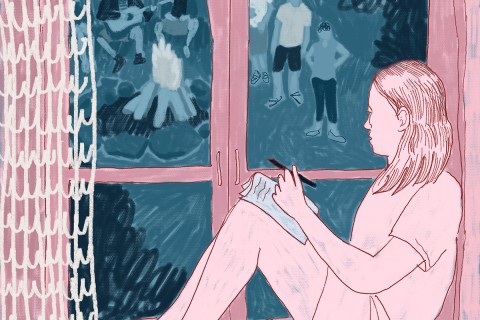Europe and the Islamic World, by John Tolan, Gilles Veinstein, and Henry Laurens
Since 2001, global politics have been shaped by the struggle of Western states against Islamist movements rooted in the Middle East and South Asia. But is the West also confronting a holy war rooted in the religion of Islam itself—which, according to some, is the latest phase in a conflict of civilizations that has raged for over a millennium? That question has huge political consequences.
Christian-Muslim violence is a familiar historical fact. Much of what we think of as the Muslim world, in the Middle East and North Africa, was originally Christian before succumbing to armed invasion. Americans know something about the Crusades, but Europeans recall the prolonged Ottoman occupation of the Balkans and the southeastern regions of the continent and the threat that Turkish rule would extend into Austria or Germany. On both sides of these conflicts, combatants spoke the language of faith, as Islamic holy warriors confronted successive Christian coalitions that boasted the title Holy Leagues.
Read our latest issue or browse back issues.
We sometimes think of these confrontations as “medieval,” but in fact some of the bitterest fighting between Christians and Muslims took place between 1680 and 1720, at a time when the American colonies were just establishing themselves in the New World. The pivotal battle took place in 1683, when allied Polish and imperial forces saved Vienna. Well into the 18th century, during the Enlightenment era, Christians living as far afield as Iceland and Ireland lived in fear of Muslim slave raids, and the new United States fought its earliest wars against the pirate/slaver states of North Africa. Much of the story of European imperialism involved the conquest of virtually the whole Muslim world, an occupation that ended only within living memory. The past is scarcely even past.
Europe and the Islamic World is a grandly ambitious attempt to sketch the interaction of faiths and regions from the seventh century to the present day. The material covers three time periods, with John Tolan covering the Middle Ages, Gilles Veinstein the Ottoman Era, and Henry Laurens modern times. It concerns only the European and Mediterranean aspects of the story, rather than treating Islam worldwide.
The authors make no attempt to underplay the amount of warfare and violence that marks this history, but their story is highly nuanced. States and armies certainly fought, but in what sense can we properly consider them representatives of Islam or Christianity? In the era of European imperialism, for instance, Western countries with mainly Christian populations occupied lands with Muslim populations. But is it legitimate to describe the actions of, say, secular Republican France or Fascist Italy as an advance of Christianity? Similarly, the Ottoman regime adhered to the faith of Islam, but it also followed the dynamic of any expansionist empire.
Islam did not advance in these wars, any more than Christianity did. Rather, particular states following the Muslim or Christian faith gained or lost influence and territory. And the religious element becomes all the more confused when we think of the shifting alliances demanded by realpolitik. France’s “most Christian kings” regularly allied with Muslim Turks against their fellow Catholics of Spain and the Holy Roman Empire. The need to fight Catholic Spain persuaded the Protestant England of Shakespeare’s day to enter into a close alliance with Islamic Morocco. The Ottoman Empire, in its turn, was locked in a death struggle with an equally faithful Muslim realm in Persia.
Identifying a particular state or empire with a religion is complicated by the great diversity of the population that it might include. The Ottoman Empire was an extreme example, with large Christian and Jewish populations. In the empire’s European regions, Muslims were always in the minority, and they represented barely half the population of Constantinople itself, the imperial capital. Christian Europe also had significant minority communities. If Muslim states treated their Christian subjects as dhimmis, as second-class and as targets of special burdens and restrictions, then Christian Spain likewise had its Muslim mudéjares.
The armed forces were especially diverse. At various times, Spain’s legendary Christian hero El Cid fought for and against Muslim rulers, and sometimes against Christian kings. His followers were naturally very mixed. In the 16th century, the “Catholic” army in a given battle was commonly a mixture of combatants of different faiths and denominations, together with plenty of mercenaries with heaven knows what attitude toward the divine.
If Europe and the Islamic World has a dominant theme, it is that the two religious worlds belonged to a single common civilization. Resemblances and parallels become much clearer when we shift our focus away from northern Europe to the Mediterranean, where Christian and Muslim societies shared customs and social standards that could often be traced back to Greek and Roman antiquity. Both sides of the sea allowed slave ownership. Both used savage penalties to enforce criminal law. Both guarded their women according to the ferocious demands of codes of family honor. Of course, there were many regional variations, but there was no day-and-night schism between Christendom and dar-al-Islam. Rejecting Samuel Huntington’s model of clashing civilizations, the authors often recall the vision of a united Mediterranean world so brilliantly described by Fernand Braudel.
Despite religious boundaries, the different regions traded freely in material objects as much as in ideas and artistic motifs, and in fashions of thought no less than dress. Often the key intermediaries belonged to one of the many subgroups who fitted poorly into the official religious establishment of any given state—Jews, of course, but also Armenians, Greeks, and the many products of religiously and ethnically mixed marriages.
Apart from free travel, the experience of captivity and slavery gave many individuals wide backgrounds in multiple societies. One former captive was Miguel de Cervantes, who famously claimed that he was only editing the adventures of Don Quixote. The novel’s actual author, he said, was a (fictitious) Moorish scholar. Even as hostile stereotypes flourished, some authors were quite capable of crossing the religious frontier to imagine people of other religions as complex and all too human. Shakespeare’s Othello appeared only two years before the first edition of Don Quixote.
Happily Europe and the Islamic World rarely ventures into any kind of apologetic for the Islamic side, any kind of idealization that we sometimes find of the Islamic world as a haven of peace, tolerance, and multiculturalism. The one section that does raise some problems is Veinstein’s account of European attitudes toward the Turks, whom they depicted as monsters of violent barbarism who treated their subjects as slaves. But this was not just a cultural construction. Certainly, neither Christians nor Muslims in 1500 fought their wars with anything like the standards even notionally expected of armies today. Yet the Turks did significantly lower the bar in terms of the mass slaughter of civilian populations and acts of torture that startled a Renaissance world that was no stranger to extreme punishments.
Again, it would be a mistake to perceive these differences as a straight Christian-Muslim divide. The Ottoman armies fought as they did not because they were Muslim, but because they inherited the military customs of Central Asia. But images of “terrible Turks” reflected more than a racist stereotype. When a medieval Christian warlord imitated Turkish methods, he won the enduring reputation that we today associate with Vlad of Wallachia, the Impaler—“Dracula.”
Europe and the Islamic World is an impressive achievement, marked by its panoramic scope and the extensive research on which it is based. It also benefits from a French-centered perspective, which offers much unfamiliar information to Anglo-American readers used to reading world history through the eyes of British imperialism. My main caveat concerns audience. This is a dense text, not well suited for a general readership.
That’s unfortunate because the book’s arguments deserve to be widely known and recognized. It makes nonsense of romantic revisions of history that portray the interfaith encounter only in terms of peaceful exchange and cultural cross-pollination. Yes, those are parts of the story, but only parts. At the same time, readers will come away from the book profoundly suspicious of simplistic narratives about Muslim aggression and endless jihad. Ideally, they will also be skeptical of any claims about what “Islam” does, as opposed to particular states or communities.


